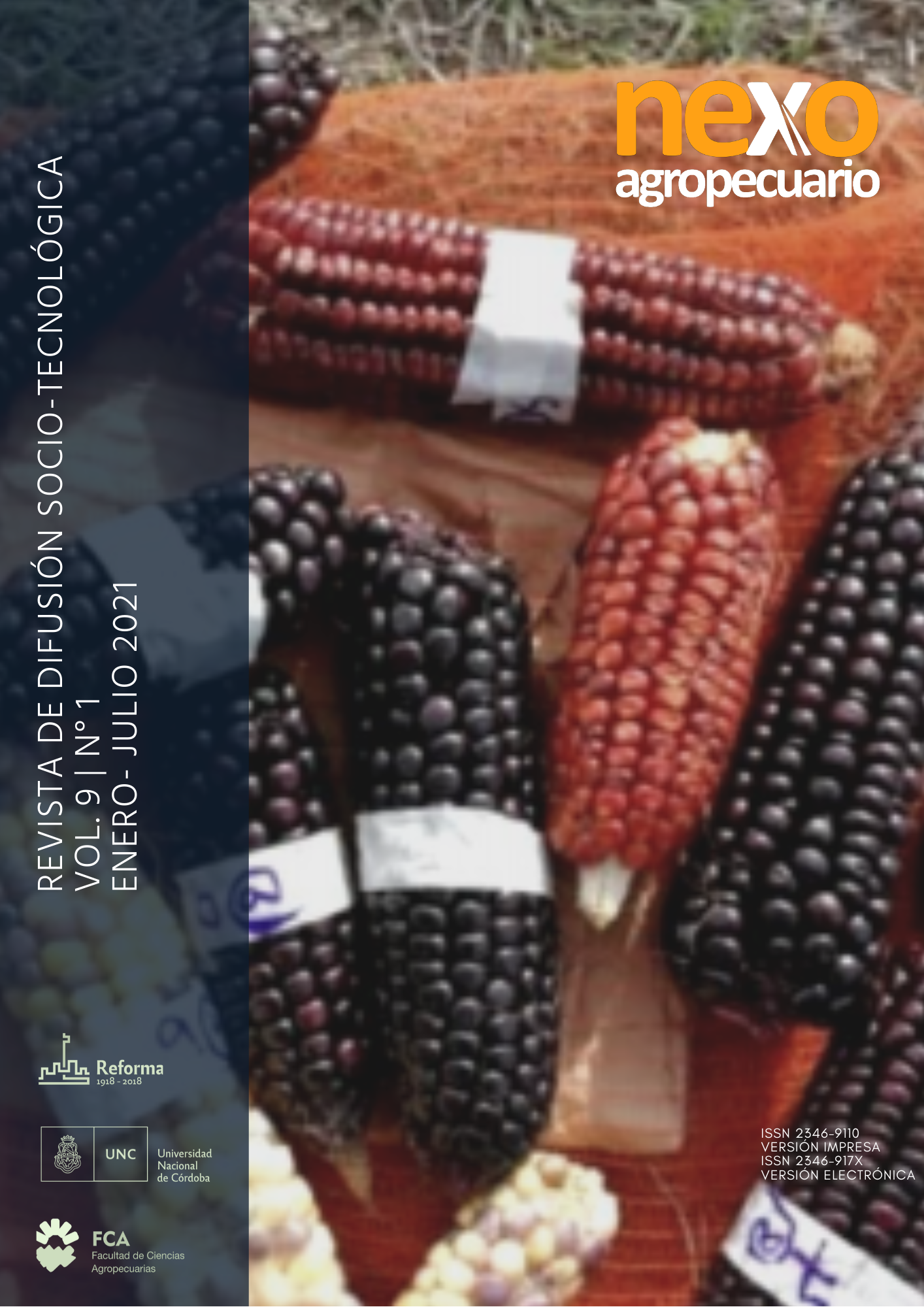THE SYNERGISM OF ESSENTIAL OILS AS A MODEL TO PREVENT OXIDATIVE AND MICROBIAL DETERIORATION OF FOODS
Keywords:
natural additives, natural preservatives, antioxidants, oxidative deterioration, synergistic combinationsAbstract
Abstract
There is an increasingly notable trend in the awareness of food purchasers of what they consume. There is a marked growth in the need to generate natural alternatives to the use of synthetic additives used in food. Essential oils rank in this category because of their origin from botanical sources and have the ability to decrease spoilage in food. The main causes of deterioration are lipid oxidations, mainly through autoxidation, and the growth of unwanted microorganisms. To optimize the use of essential oils and reduce the necessary concentration in the final product, strategies such as the use of mixtures of various essential oils with additive or synergistic effects can be used. This effect can help generate additives with even better activities than preservatives already used in industry. Also, less final concentration may be needed, interfering less with the organoleptic properties of the product in which it is used. This article mentions the studies related to the synergism applied in edible sunflower oil to test the antioxidant capacity of the essential oil combinations of oregano, bay leaf and peppermint.
Downloads
References
Amorati, R., Foti, M. C. y Valgimigli, L. (2013). Journal of Agricultural and Food Chemistry. 61 (46), 10835-10847. DOI: 10.1021/jf403496k.
Badui, S. (2006). Química de los alimentos. (4ta. Ed.). México: Pearson Educación.
Crespo, Y. A., Bravo Sánchez, L. R., Quintana, Y. G., Cabrera, A. S. T., Bermúdez del Sol, A., y Mayancha, D. M. G. (2019). Evaluation of the synergistic effects of antioxidant activity on mixtures of the essential oil from Apium graveolens L., Thymus vulgaris L. and Coriandrum sativum L. using simplex-lattice design. Heliyon, 5(6), e01942. https://doi.org/10.1016/j.heliyon.2019.e01942.
Kalyanaraman B. (2013). Teaching the basics of redox biology to medical and graduate students: Oxidants, antioxidants and disease mechanisms. Redox biology. 1(1),244–257. https://doi.org/10.1016/j.redox.2013.01.014.
Marchese, A., Barbieri, R., Coppo, E., Orhan, I., Daglia, M. y Ajami, M. (2017). Antimicrobial activity of eugenol and essential oils containing eugenol: A mechanistic viewpoint. Critical Reviews in 12. Microbiology. doi: 10.1080/1040841X.2017.1295225.
Zamora, R., y Hidalgo, F. J. (2016). The triple defensive barrier of phenolic compounds against the lipid oxidation-induced damage in food products. In Trends in Food Science and Technology. Vol. 54, pp. 165–174. Elsevier Ltd. https://doi.org/10.1016/j.tifs.2016.06.006.
Downloads
Published
Issue
Section
License

This work is licensed under a Creative Commons Attribution-NonCommercial-ShareAlike 4.0 International License.
Aquellos autores/as que tengan publicaciones con esta revista, aceptan los términos siguientes:- Los autores/as conservarán sus derechos de autor y garantizarán a la revista el derecho de primera publicación de su obra, el cuál estará simultáneamente sujeto a la Licencia de reconocimiento de Creative Commons que permite a terceros compartir la obra siempre que se indique su autor y su primera publicación esta revista.
- Los autores/as podrán adoptar otros acuerdos de licencia no exclusiva de distribución de la versión de la obra publicada (p. ej.: depositarla en un archivo telemático institucional o publicarla en un volumen monográfico) siempre que se indique la publicación inicial en esta revista.
- Se permite y recomienda a los autores/as difundir su obra a través de Internet (p. ej.: en archivos telemáticos institucionales o en su página web) después del proceso de publicación del número de la revista, lo cual puede producir intercambios interesantes y aumentar las citas de la obra publicada. (Véase El efecto del acceso abierto).


